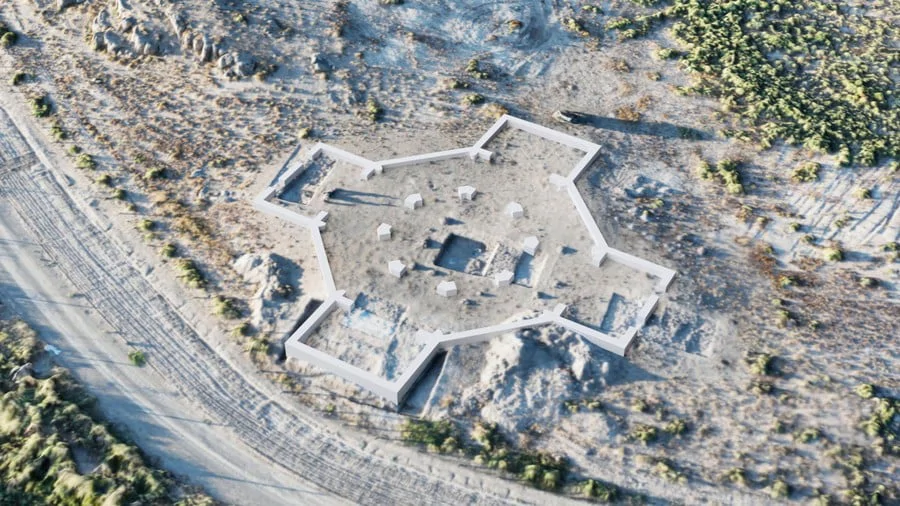Oldest Known Church in Armenia Discovered in Artashat
24 OCT 2025 13:18

Oldest Known Church in Armenia Discovered in Artashat
24 OCT 2025 13:18
The expedition of archaeologists from the Institute of Archaeology and Ethnography of the National Academy of Sciences of Armenia and the University of Münster in Germany has discovered the foundations of the oldest known church in Armenia in Artashat, the ancient capital of Armenia. This was reported by the Information and Public Relations Department of the RA NAS. The church was located on the eastern slope of the 17th hill of Old Artashat and covers an area of about 1000 sq.m.
"According to the radiocarbon data obtained, this structure dates to the first half of the 4th century and is, in fact, the earliest archaeologically documented church in Armenia," says the head of the expedition, head of the Department of Archaeology of Ancient Armenia of the Institute of Archaeology and Ethnography, PhD in Historical Sciences Mkrtich Zardaryan. The discovery is an important testimony about early Christianity in Armenia. "The fundamental significance of the discovery is that it significantly complements our understanding of the mechanisms of the spread of Christianity in Armenia and the architecture of the earliest spiritual structures," says Mkrtich Zardaryan.
This is the first octagonal church discovered in Armenia. "Octagonal churches with four cross-shaped protrusions were not known here until now, but we are familiar with them from the Eastern Mediterranean region, where such structures appear from the 4th century AD," notes Mkrtich Zardaryan. The church was built of local stone reinforced with lime mortar and, most likely, had smooth, plastered walls. The walls have been preserved at different heights, in some sections reaching 2.6 meters, in some places about half a meter. By studying the range and quality of the finds, archaeologists have concluded that the church was roofed with tiles and had a luxurious interior decoration.
This is evidenced by the numerous wall-cladding tiles made of Asia Minor marble and various carved fragments found here. The work was carried out within the framework of the basic theme "Artashat in the cultural, economic and social system of Ancient Armenia" of the Institute of Archaeology and Ethnography of the RA NAS and the Artaxata Project of the German Research Foundation (DFG). The results of the excavations are being prepared for publication, the Information and Public Relations Department of the RA NAS reports.
Related Reads
Sign in or create a free ReOpen Media account to post commentsSign Up